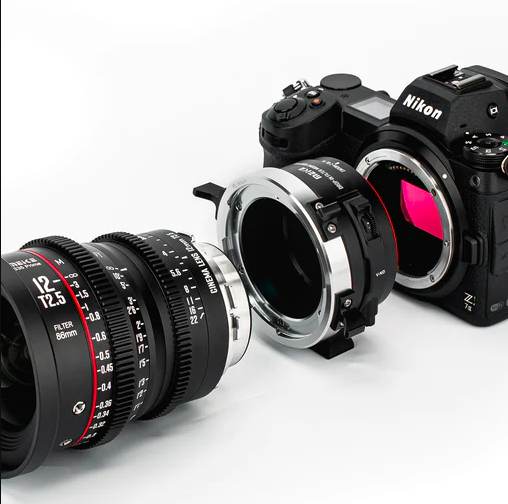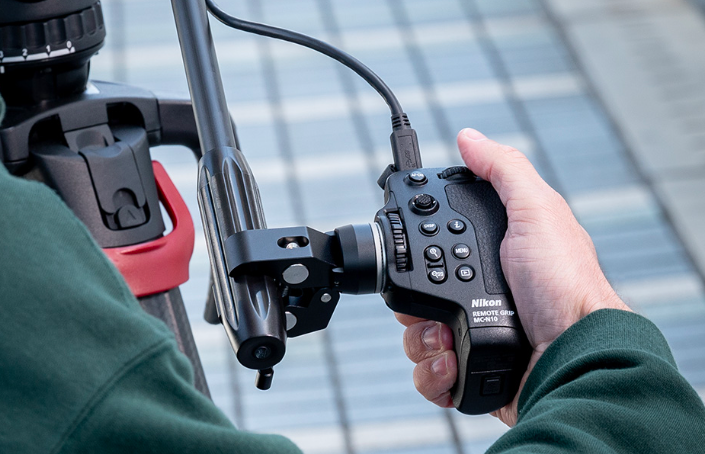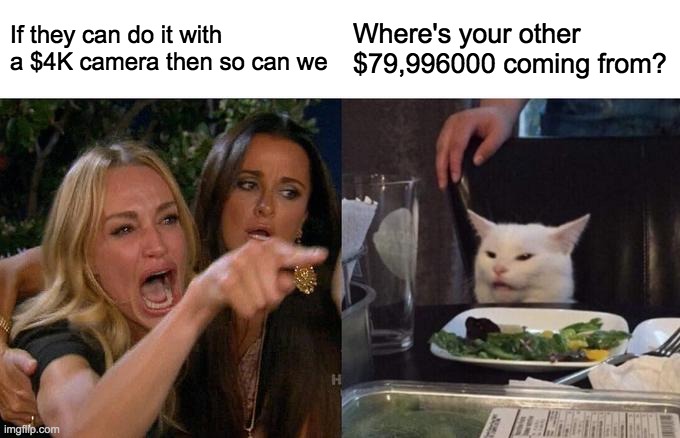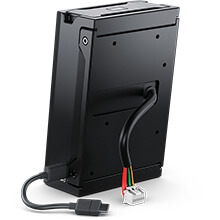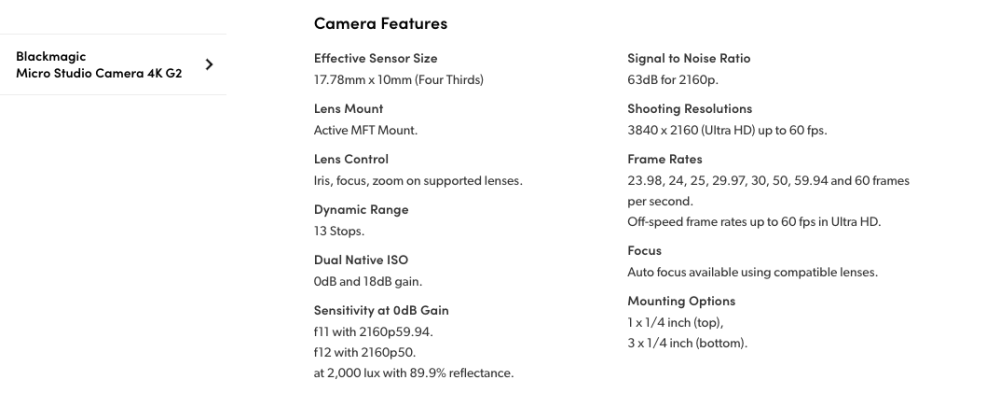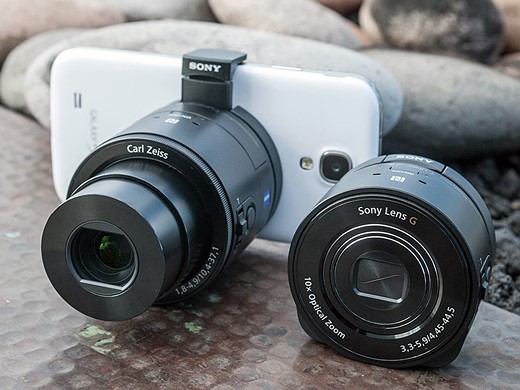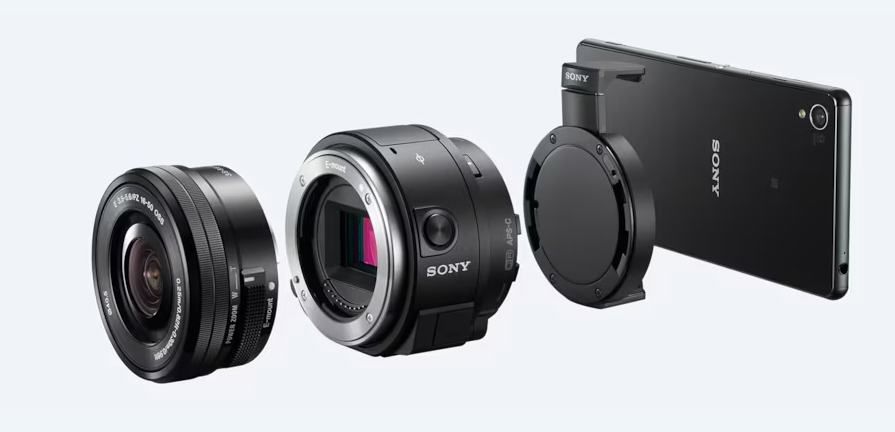-
Posts
6,077 -
Joined
-
Last visited
Content Type
Profiles
Forums
Articles
Everything posted by BTM_Pix
-

Panasonic S5 II (What does Panasonic have up their sleeve?)
BTM_Pix replied to newfoundmass's topic in Cameras
Its secondary to its stills use and hence there isn't that much example footage from it, but the Q3 has 8K video. Which is the expected nod to it arriving in an arguably overdue refresh of the S1 range in the not too distant future. My guess is that is what this gathering is for rather than a GH7. Unless its the bi-annual meeting of the Shocked Face Clickbaiters Association. -
Not sure what you mean here but in my post I was just gently pointing out that you had posted a link to a FedEx package tracking page rather than a link to what I presume you meant to of some footage from an Ursa12K ?
-
They shot a parcel tracking web page in 12K ? Thats some resolution overkill right there.
-
I'm not into conspiracy theories anymore really (for which I blame the chemtrails and 5G masts activating the molecular mind control devices implanted in my brain by Bill Gates through the COVID vaccine) but if I were then I'd consider whether there was any external influence to this. The Hong Kong of today is very much not the same carefree Hong Kong that is depicted in those videos so, whilst to its viewers these videos act as a time capsule of more innocent times of photography gear "reviews", there will be others viewing it as a time capsule of a far more liberal time that they would rather suppress. Of course, the videos are also a body of work for one of the presenters who fled Hong Kong for political reasons as he discusses here. The broader issue highlighted by these videos being removed from YouTube, in common with content on other streaming services, is that if you value a piece of work then get a physical copy of it. With that, I'm off to download and burn a DVD compilation of Max Yuryev's weightlifting style auto focus tests.
-
You can get the Sigma 40mm f1.4 ART in L mount but in terms of it being a pancake… well it is if you like your pancakes in this sort of quantity.
-
By ignoring it and fighting it through the courts.
-
Sorry, due to me having a lot of F mount and to a lesser extent E mount lenses, the Canons have not been under consideration for me so I don’t have any kind of even surface level knowledge of them. Well, I was involved in the R5 overheating investigation with @Andrew Reid so I’m very familiar with their remote control API but not the image control or hardware UI. Thankfully, those overheating issues seem to have been resolved and there seem to now be a lot of happy users of them.
-
I'd give a nod to the Z8/Z9. It ticks the boxes you need, the ones you might use the option of if you had them and even the ones that you are absolutely uninterested in that, you never know, you might develop a taste for. Loads of resolution and frame rate options, internal RAW and ProRes, very respectable rolling shutter and, most importantly, the most flexible lens mount around. I appreciate you don't have any interest in AF but if you develop one (either out of choice or necessity such as going further with longer lens wildlife imagery) then it is unique in offering near native adapted AF performance of F,EF and E mount lenses and via the TechArt adapter it will even do AF on MF lenses with any mount deeper than Leica M. So if you change direction from your current needs then the camera can change with you. With regard to your current needs, EF and PL cine lenses are obviously able to be used with the added bonus that, with it being a very shallow mount, the Meike adapters incorporate variable ND filters. It also has the MC-N10 grip which offers full control including of the virtual zoom function which is very effective in turning primes into par focal zooms or just extending the reach of actual zoom lenses. Although timecode sync is not on your lists of must haves, the Z8/Z9 have internal support for the UltraSync Blue wireless timecode system that is used in your wife's Zoom F6 so, again, the option is there if you do require easy sync at some point in the future. Is it a true "cinema" camera when its actually a hybrid ? Well, its only a hybrid if you actually decide to take stills with it so its each to his own use case really. Naturally, if you do decide to shoot the odd still with it then it rinses every cinema camera out there at that particular task 😀 As a cinema camera, its an 8K internal RAW and ProRes shooting one with PL mount and in built variable ND filter with wireless TC sync, EVF and tilting screen for under $3700 which is pretty compelling. It is also a lot more discrete which I suspect might be an advantage if you are shooting urban cityscapes etc. Anyway, its another option to consider amongst the 37432 different ones offered up in this thread. For my part, the only thing I regret more than not buying a Z8 when I had the chance in June is not buying one in October when I had another chance. I will definitely rectify that the next time one comes up ! Good luck with your choice, although I think the fact that there are so many viable options offered up in this thread illustrates that there are very few - if any - wrong choices these days in terms of getting great image quality. And then turn the internet off.
-
At the 2010 Academy Awards, The Social Network was nominated for eight Oscars and won three of them. It was shot on the at the time newly released MX version of the RED ONE, a camera that you can now readily pickup in a full kit including EVF, batteries and media for around £2K. There are a boatload of different options available now so, of course, I'm not suggesting you rush out and buy one but, nonetheless, this is an interesting time capsule of how it was no hindrance to making a very successful film then and likely wouldn't be now either if you did fancy buying one. Just make sure you budget for a decent tripod.
-

Panasonic S5 II (What does Panasonic have up their sleeve?)
BTM_Pix replied to newfoundmass's topic in Cameras
Sorry to hear about your medical issues and great to hear you are on the road to recovery. I echo your thoughts about this place. My last few weeks have been spent at my Mother’s bedside as she drifted away to her passing. In times like that of huge change and trauma we look for constants to keep us connected to “normal” life. In that respect, checking into here every now and again to find everyone having the same circular arguments was oddly comforting. And I honestly mean that with love. -
Excuse me. We have fights at weddings but we don’t rob anything.
-
6KPro, 6K G2 and Broadcast G2 have been released since the release of the 12K but they are all derived from the original 6K and like all other BM cameras even they don’t have ProRes above 4K.
-
12K and Broadcast G2 only.
-
The original one did but the new versioner which you would use with the 12K uses the USB-C port only so no loss of connections. I linked the pic of the original in error.
-
If you are in the US, you might want to get one of these while you can as Zaxcom are unsurprisingly suing them for patent violation....
-
It has a USB port for direct recording to SSD or you can go the whole hog and get the URSA Mini Recorder which sits between the camera and the battery to enable you to define your own capacity using 2.5” SSD drives. It’s not particularly cheap at around $400 but more cost effective than c-fast pretty quickly and a lot more robust than having an external drive hanging off the USB-C port.
-
I believe this commercial was shot on one of these cameras.
-
One of the most useful pieces of technical advice that has appeared on this forum.
-
I’m guessing one of the camera brands involved as showing a lot of variance would have been Fuji as they had a very optimistic idea of how much light there was when I was using them side by side with Nikons.
-
Based on a presumption of the ISO/Gain relationship between the P6K and the Ursa Broadcast G2/Studio Camera 6K Pro (which are both P6K in different form factors) then I would expect the same relationship between the P4K and the Micro Studio Camera 4K G2. So, 0dB and 18dB would equate to the Pocket 4K's dual native ISO values of 400 and 3200 respectively.
-
He's not coming back is he ?
-
It does have two but with it being made for broadcast it is expressed as gain (0db and 18db in this case).
-
Sony did this ten years ago with their QX range such as the QX100 which was an RX100 sensor and lens. A year later, they even released the even lesser spotted APS-C E mount version. Unfortunately, they all absolutely tanked. I've said a few times that they were ahead of their time and maybe if they were released now they would fare differently. Whether it would be Sony themselves who do it is debatable and if they did it would likely be an exclusive with their own phones but maybe BM could be a candidate.
-
I mentioned in another thread about the PZ-E1 adapter they previously did for the EF-S 18-135mm. It doesn't look too dissimilar so I'm struggling to see how its gone from $150 to $1000 in six years. If they get it supported in future lenses then that would soften the blow spreading that cost over a few different ones but I'd be cautious because they never did add support for the PZ-E1 beyond that initial lens.






